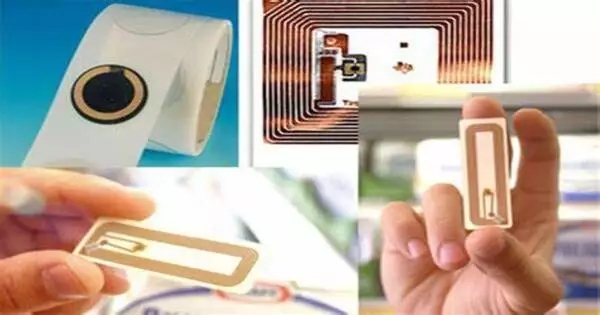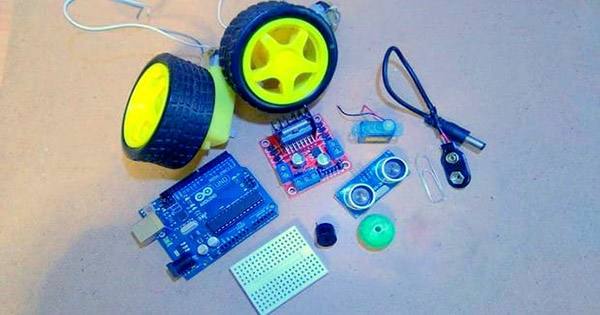RFID is a technology that employs electromagnetic fields to automatically identify and track tags attached to things. It is a wireless communication technology that is used to identify and track objects, animals, or humans. RFID tags, RFID readers (also known as RFID scanners), and a database or software system for processing and managing the collected data are the three primary components.
An RFID system is made up of a small radio transponder, a radio receiver, and a radio transmitter. When triggered by an electromagnetic interrogation pulse from a nearby RFID reader device, the tag communicates digital data back to the reader, often an identifying inventory number. This number can be used to keep track of inventory items.
The energy from the RFID reader’s probing radio waves powers passive tags. Active tags are powered by a battery and may thus be read from a larger distance, up to hundreds of meters, from the RFID reader. Unlike a barcode, the tag does not need to be in the reader’s line of sight, therefore it can be embedded in the monitored object. RFID is one type of AIDC (automatic identification and data capture).
Here’s how RFID works:
(a) RFID Tags: These are small electronic devices that contain a unique identification code or information about the item they are attached to. RFID tags can be passive or active:
- Passive RFID tags do not have their power source and rely on the energy transmitted by the RFID reader to operate. They are typically less expensive and have a shorter read range.
- Active RFID tags have their power source (usually a battery) and can transmit data over longer distances. They are often used for tracking high-value assets or in applications where longer-range reading is necessary.
(b) RFID Readers: These are devices that emit radio waves and read the data stored on RFID tags. When an RFID tag comes into the range of an RFID reader, it receives power from the reader’s signal and responds by transmitting its data back to the reader.
(c) Database/Software: The data collected by the RFID reader is typically sent to a database or software system for processing and analysis. This system can store information about the tagged items, track their movements, and provide real-time or historical data for various applications.
Applications of RFID technology include:
- Inventory Management: RFID is commonly used in retail and logistics to track inventory levels, monitor the movement of goods, and streamline supply chain operations.
- Healthcare: In the healthcare industry, RFID is used for patient tracking, medication management, and monitoring the location and status of medical equipment.
- Animal Tracking: RFID tags are used for tracking and identifying livestock, pets, and wildlife for research and management purposes.
- Toll Collection: RFID technology is used in electronic toll collection systems on highways and bridges.
- Library Management: Libraries use RFID to automate the checkout and return of books and other materials.
RFID technology has benefits such as automation, accuracy, and efficiency, but it also presents privacy and security concerns because RFID tags may be read remotely. As a result, while installing RFID systems, it is critical to integrate proper security and privacy precautions, particularly in applications requiring personal or sensitive data.
















